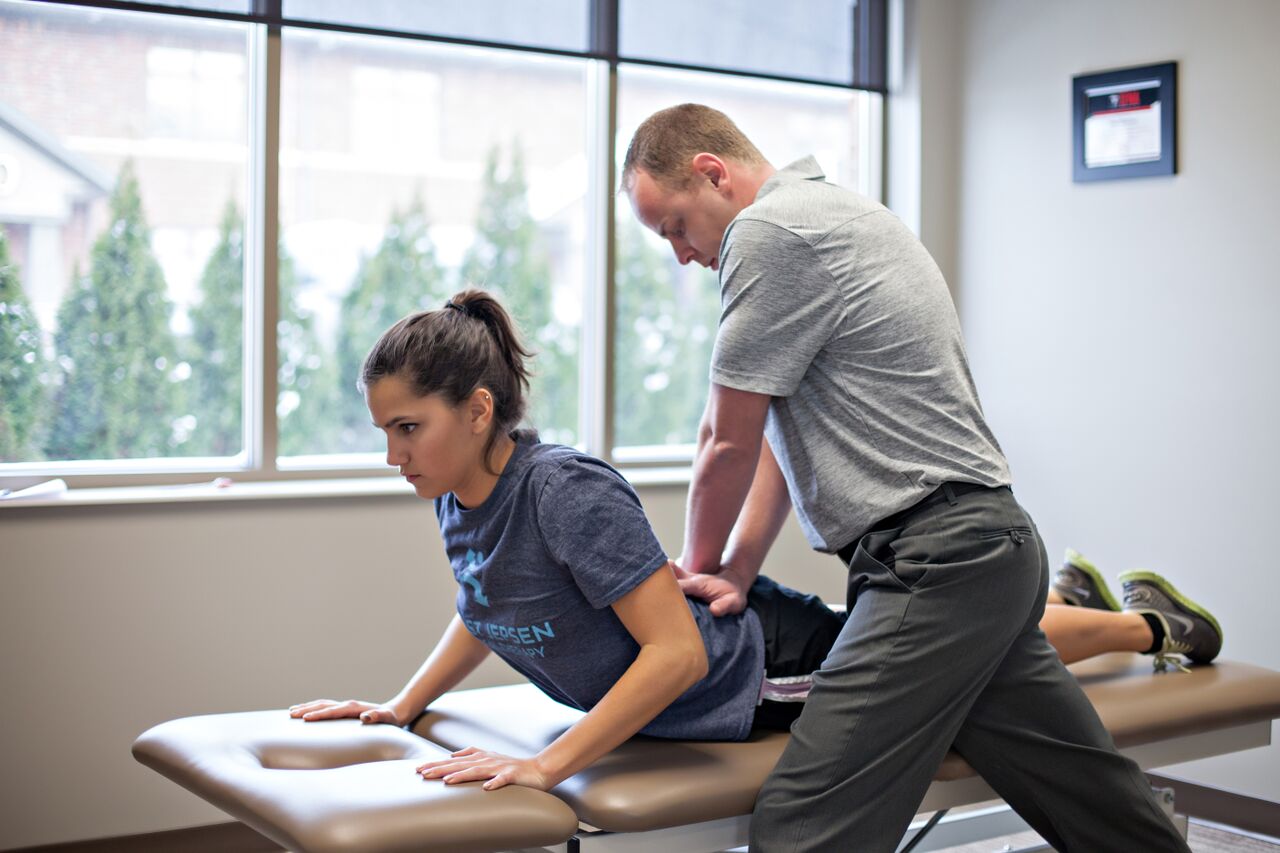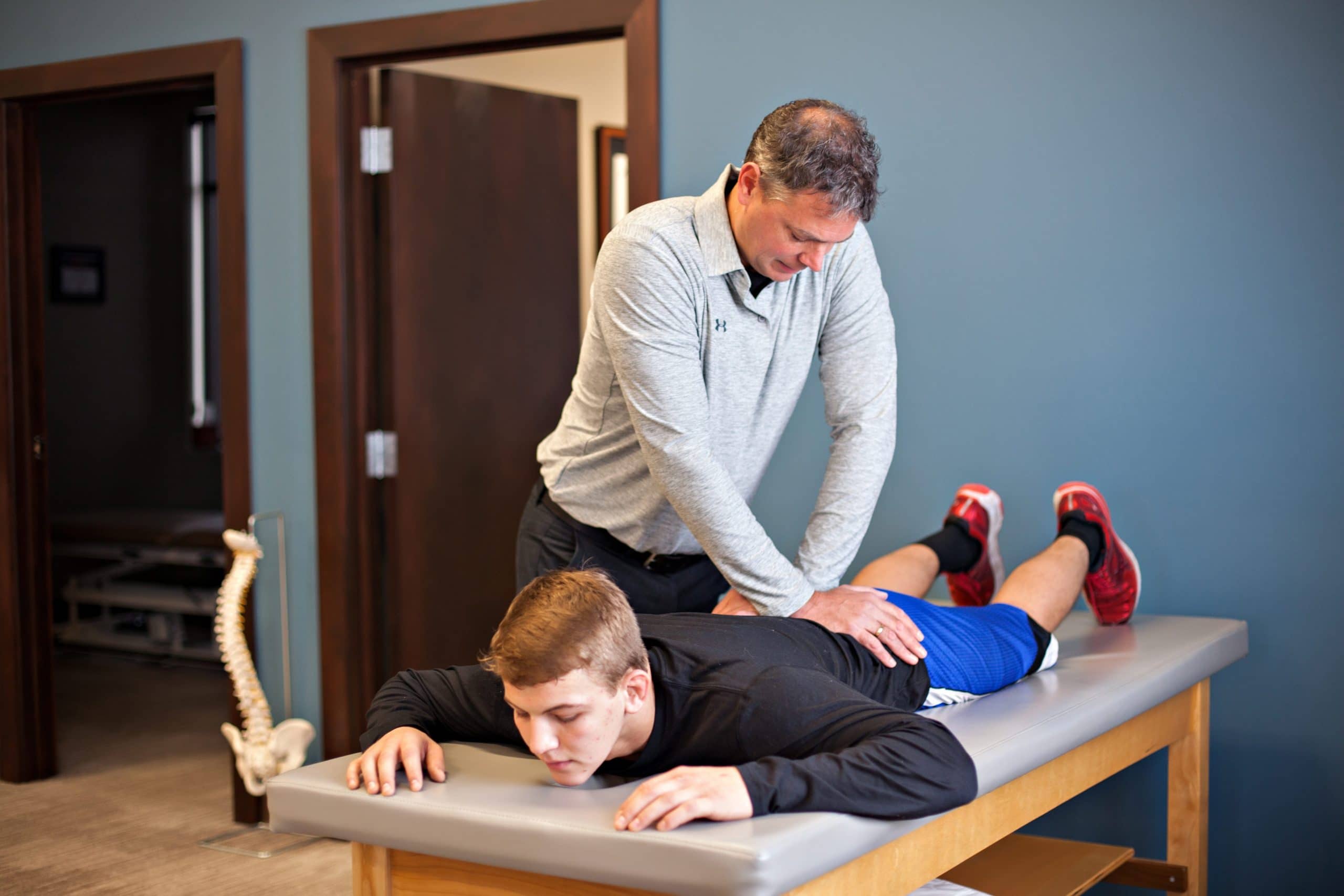Who Has Time to Hurt? I Sure Don't!

Most, if not all of us have uttered the words “I don’t have time to______ “ (fill in the blank). Common answers could include nap, cook, read or, my favorite — exercise. A busy lifestyle has become the norm for most. Whether for work, family or pleasure, we all have something that we have to, need to or want to do. The one thing that will dampen any of these is pain.
The CDC estimates that 60-80% of people will experience back pain at some point in their life. Low back pain most often occurs between the ages of 30 to 50 years. Chronic pain affects 56 million adults, and of these 56 million, 40% of these individuals will NOT seek professional help.
I am part of that statistic – sort of. I work full-time, I have two active kids involved in year-round sports. I am busier than ever yet spend most of my time sitting. Sitting in the car as I UBER my kids to and from practices, meets and events. Sitting on hard bleachers watching and waiting. Sitting to complete my paperwork. I have fallen victim to the “Sitting Disease”. My back has hurt at one time or another. I don’t have time to hurt. My saving grace is that I AM one of those professionals who can help.
To combat the constant strain of sitting, especially during long hours of driving or waiting, having the right support in your car is crucial. One simple yet effective solution is upgrading your car seat covers. Seat Covers Unlimited offers a range of ergonomic and comfortable options designed to enhance your driving experience. Their seat covers not only add a layer of cushioning but also provide lumbar support, helping to alleviate back pain and improve posture during those long hours behind the wheel or on the bleachers.
Who hasn’t experienced discomfort and pain and has shrugged it off and “lived through it” or even worse “live with it”? I hear from a majority of my patients “My pain started YEARS ago”. I always wonder. . . why am I seeing you NOW? Why did I not see you back THEN?

We live in an age of desired instant gratification. Everyone wants the “quick fix”. Unfortunately, by the time we see most of our patients in the clinic, many have already exhausted those “quick fix” options. Those options that “fixed it” in the beginning became less and less effective. Those options no longer helped or possibly even made conditions worse. Interestingly enough, when we see these patients, for the first time, at this stage they may have since developed secondary or even tertiary issues as well. Physical therapy historically has not been viewed as a “quick fix”. I wish to dispel these beliefs. Physical therapy can indeed be a “quick fix” option under certain circumstances. However, more importantly, physical therapy can be the “better fix” for your future.
At a physical therapy clinic, skilled therapists utilize personalized assessments to address not only immediate concerns but also the underlying causes of discomfort. This comprehensive approach often leads to quicker relief than many expect, while also equipping patients with the tools and knowledge to prevent future injuries. In vibrant locales like physical therapy las vegas, practitioners are dedicated to fostering a supportive environment that encourages recovery and long-term wellness. By prioritizing a holistic view of health, physical therapy becomes not just a solution for today, but an investment in a healthier tomorrow, empowering individuals to regain control over their physical well-being and enhance their quality of life.
Hearing story after story, my heart goes out to patients who have suffered for long periods of time with issues that could have possibly been prevented or better managed if only addressed sooner. As a physical therapist (PT), I want to know your entire story. You might be seeing me for pain in your knee, but in our initial meeting, you mention that you also have dealt with back pain “on and off for years”. Nothing that couldn’t be resolved with a few days of rest, a course of prescription pain meds and/or a few “adjustments”. You feel better — until the next time. Then repeat. Does this scenario seem familiar? What does your back issue have to do with the pain in your knee? It could have absolutely nothing OR it could have everything to do with the pain in your knee.
Physical therapy is the use of mechanical forces, movement, manual techniques/interventions and exercise therapy to remediate impairments and promote mobility and function. The human body was designed to move. As mentioned earlier, current lifestyles promote exactly the opposite. Our bodies are essentially machines that, like any other machine, requires routine maintenance. Every part (muscles, joints, ligaments, nerves, etc. . .) contributes to the proper workings of the whole. As one part wears down, the other parts that depend on that part will eventually wear down as well. We are only as strong as the weakest link. A busy yet sedentary lifestyle is a catalyst for this breakdown.
We have sensors in our vehicle that remind us when to fill-up the gas tank or when it is due for an oil change. Unfortunately, our body’s sensors are not always that obvious. Discomfort, pain, aching, throbbing and just “feeling off” are some of the signals that try to alert us that there may be something wrong within our body. When the “low fuel” signal lights up on the dashboard, you start looking for a gas station. Why would you not start looking to assess the aching pain that you sometimes get in your back when you first noticed it?
Yes, unfortunately, we all are aging. Yes, we all are going to experience “normal wear and tear” to our bodies. Humans do not come with a recommended schedule of maintenance to follow. I don’t have time to hurt. Fortunately, I know what actions to take to address, maintain and prevent my symptoms from interfering with my hectic life. The PTs at HJPT can assist you in doing the same by developing a unique maintenance schedule tailored to your specific symptoms, condition and needs. We at HJPT want to be your body’s most trusted mechanics, your “go-to – better fix”.
A free 15-minute consultation with a PT at any HJPT location can help you to determine the best path to follow for proper management and maintenance for your body. Education and prevention are the most crucial elements of the physical therapy experience. As movement specialists, PTs focus on movements of the body as a whole. Our role is to assist and empower you in fixing it fast BUT fixing it right the first time. Call 616-827-3010 today to schedule your free consultation!
